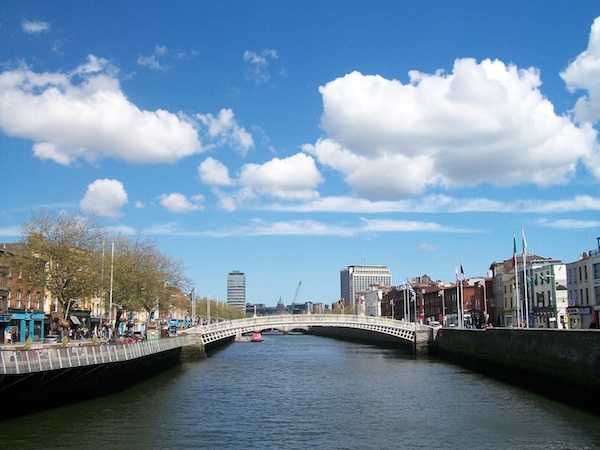Even to the naked eye,black casting sex videos the Milky Way is a stunning thing. That makes a high-resolution look at the galaxy's hydrogen clouds even more dramatic.
Scientists from Australia and Germany have produced a new, detailed survey of the Milky Way, dubbed HI4PI. It shows the presence of hydrogen gas in the galaxy, Naomi McClure-Griffiths, a professor at the Australian National University (ANU) told Mashable, as well as its neighbours, the Andromeda Galaxy and the Magellanic Clouds.
SEE ALSO: Bye, bye, Rosetta: The best moments from the spacecraft's historic missionThe map is a full sky survey of the Milky Way, in the same way the Earth is sometimes laid out as a 2D map.
"You can see the plane of the Milky Way, that's what we see as the band in the sky," McClure-Griffiths said. "What we're pulling out is all of the hydrogen gas associated with the Milky Way and the nearby galaxies."
The purple and orange colours in the map tell us how much gas is present.
"Each frame tells us how fast that gas is moving with respect to us [on Earth]," she added. "When the colours are brightest, that's where there's a lot of gas. When you can see the whole screen filled with bright colours, that's the [gas] that's closest to us."
According to McClure-Griffiths, the map took a "terrifyingly long time" to create. Researchers began collecting data in 2006. It then took five years to combine two data sets from Australia's CSIRO Parkes dish and the Max-Planck telescope in Germany.
Advances in camera technology also made such a detailed survey possible. Both telescopes used to have what she called "essentially a one-pixel camera," but new multi-pixel cameras made the process far speedier.
"That meant that instead of it taking 26 years to do the Australian survey, it took two years," she said.
HI4PI could be used as a starting point to map the Milky Way in ever new levels of detail. McClure-Griffiths compared it to a "finding chart" that early explorers used as they set out to carefully trace the coasts of countries like Australia for the first time.
Publishing their findings in the Astronomy and Astrophysicsjournal, the team hopes the map will also help us understand how the Milky Way's structures are formed.
That includes how galaxies such as the Milky Way get fresh gas to continue forming stars. "They're kind of like people -- they need to be fed all the time," she explained.
"By having this level of detail, we can look at where the gas may be coming into the Milky Way -- we're sort of searching out the food sources."
(Editor: {typename type="name"/})
 Wordle today: The answer and hints for January 28, 2025
Wordle today: The answer and hints for January 28, 2025
 Twitter implements DM limit for unverified users
Twitter implements DM limit for unverified users
 30 NBA Twitter accounts you should follow
30 NBA Twitter accounts you should follow
 If Looks Could Kill by Sadie Stein
If Looks Could Kill by Sadie Stein
 Boston Celtics vs. Dallas Mavericks 2025 livestream: Watch NBA online
Boston Celtics vs. Dallas Mavericks 2025 livestream: Watch NBA online
SpaceX is so close to turning its rocket headquarters into an actual city
 Billionaire SpaceXfounder Elon Muskhas often exulted his dream of colonizing the Red Planet with 1 m
...[Details]
Billionaire SpaceXfounder Elon Muskhas often exulted his dream of colonizing the Red Planet with 1 m
...[Details]
'Quordle' today: See each 'Quordle' answer and hints for July 23
 If Quordleis a little too challenging today, you've come to the right place for hints. There aren't
...[Details]
If Quordleis a little too challenging today, you've come to the right place for hints. There aren't
...[Details]
Animating the Diary, and Other News by Sadie Stein
 Animating the Diary, and Other NewsBy Sadie SteinDecember 13, 2013On the Shelf“Elmore was the cooles
...[Details]
Animating the Diary, and Other NewsBy Sadie SteinDecember 13, 2013On the Shelf“Elmore was the cooles
...[Details]
 Tragic, IndeedBy Sadie SteinDecember 18, 2013LookIf selfiewas the word of the year, can the slightly
...[Details]
Tragic, IndeedBy Sadie SteinDecember 18, 2013LookIf selfiewas the word of the year, can the slightly
...[Details]
Man City vs. Real Madrid 2025 livestream: Watch Champions League for free
 TL;DR:Watch Man City vs. Real Madrid in the Champions League for free with a 30-day trial of Prime V
...[Details]
TL;DR:Watch Man City vs. Real Madrid in the Champions League for free with a 30-day trial of Prime V
...[Details]
 For SeamusBy Belinda McKeonDecember 27, 2013In MemoriamAll this week, we are bringing you some of yo
...[Details]
For SeamusBy Belinda McKeonDecember 27, 2013In MemoriamAll this week, we are bringing you some of yo
...[Details]
If Prince William isn't the sexiest bald, who is? People have ideas.
 There are more references online to Prince William, Duke of Cambridge, as "sexy" than there are for
...[Details]
There are more references online to Prince William, Duke of Cambridge, as "sexy" than there are for
...[Details]
What We’re Loving: Screwball, Gothic, and Southern, to Name a Few by The Paris Review
 What We’re Loving: Screwball, Gothic, and Southern, to Name a FewBy The Paris ReviewDecember 6, 2013
...[Details]
What We’re Loving: Screwball, Gothic, and Southern, to Name a FewBy The Paris ReviewDecember 6, 2013
...[Details]
'Quordle' today: See each 'Quordle' answer and hints for July 23
 If Quordleis a little too challenging today, you've come to the right place for hints. There aren't
...[Details]
If Quordleis a little too challenging today, you've come to the right place for hints. There aren't
...[Details]
Trump praises storm response as historic disaster unfolds in Houston

Lisbeth Salander Lives Again, and Other News by Sadie Stein

接受PR>=1、BR>=1,流量相当,内容相关类链接。